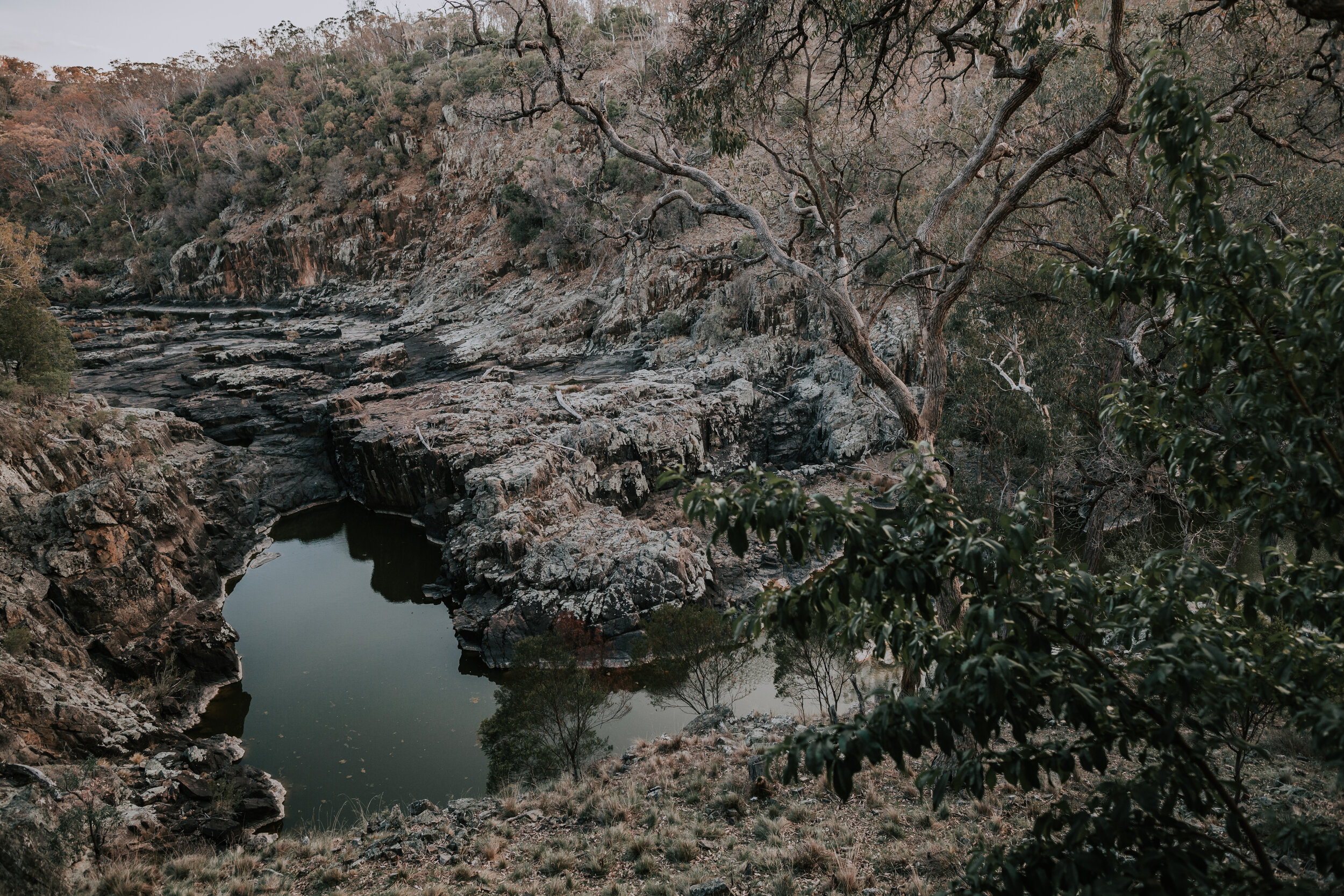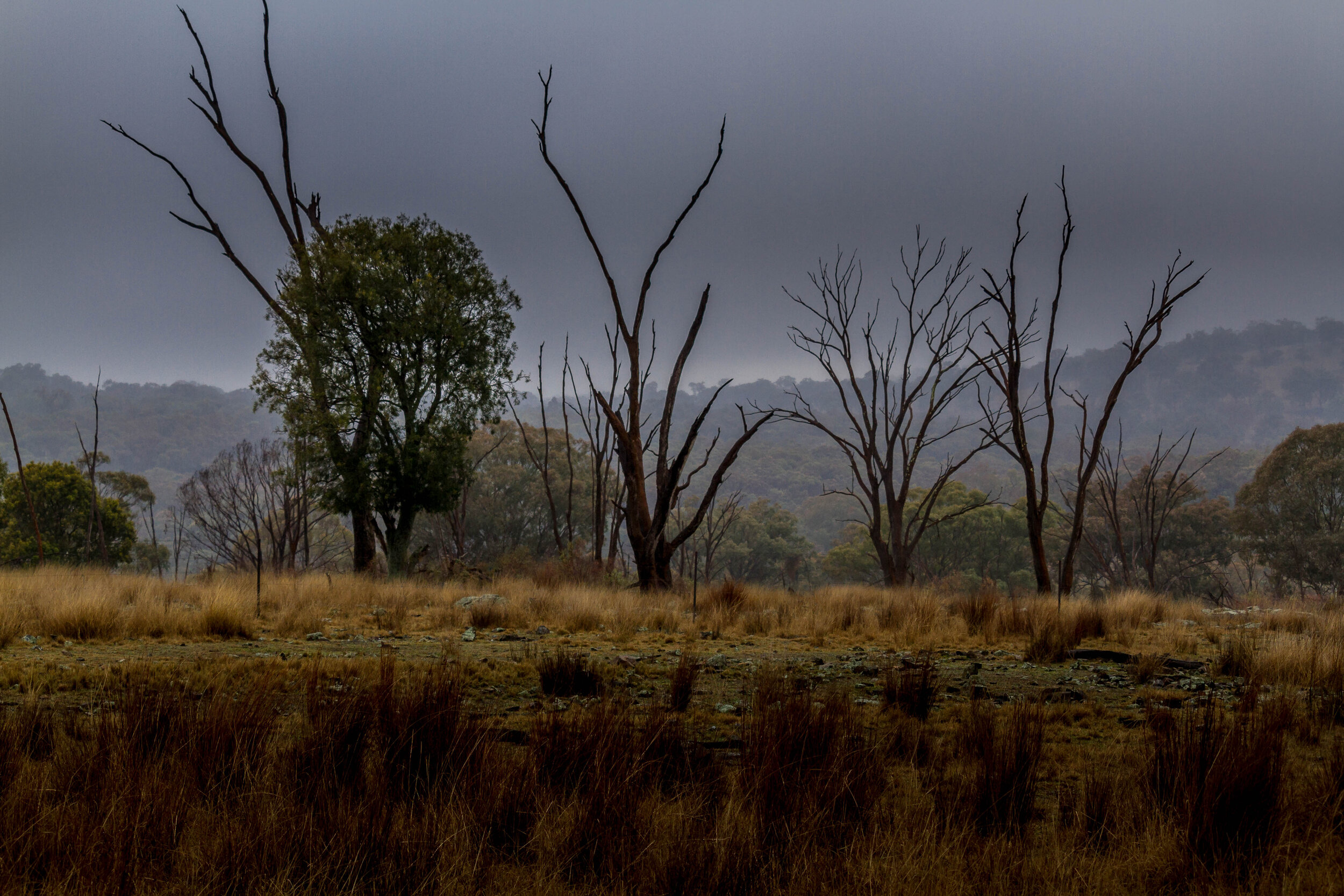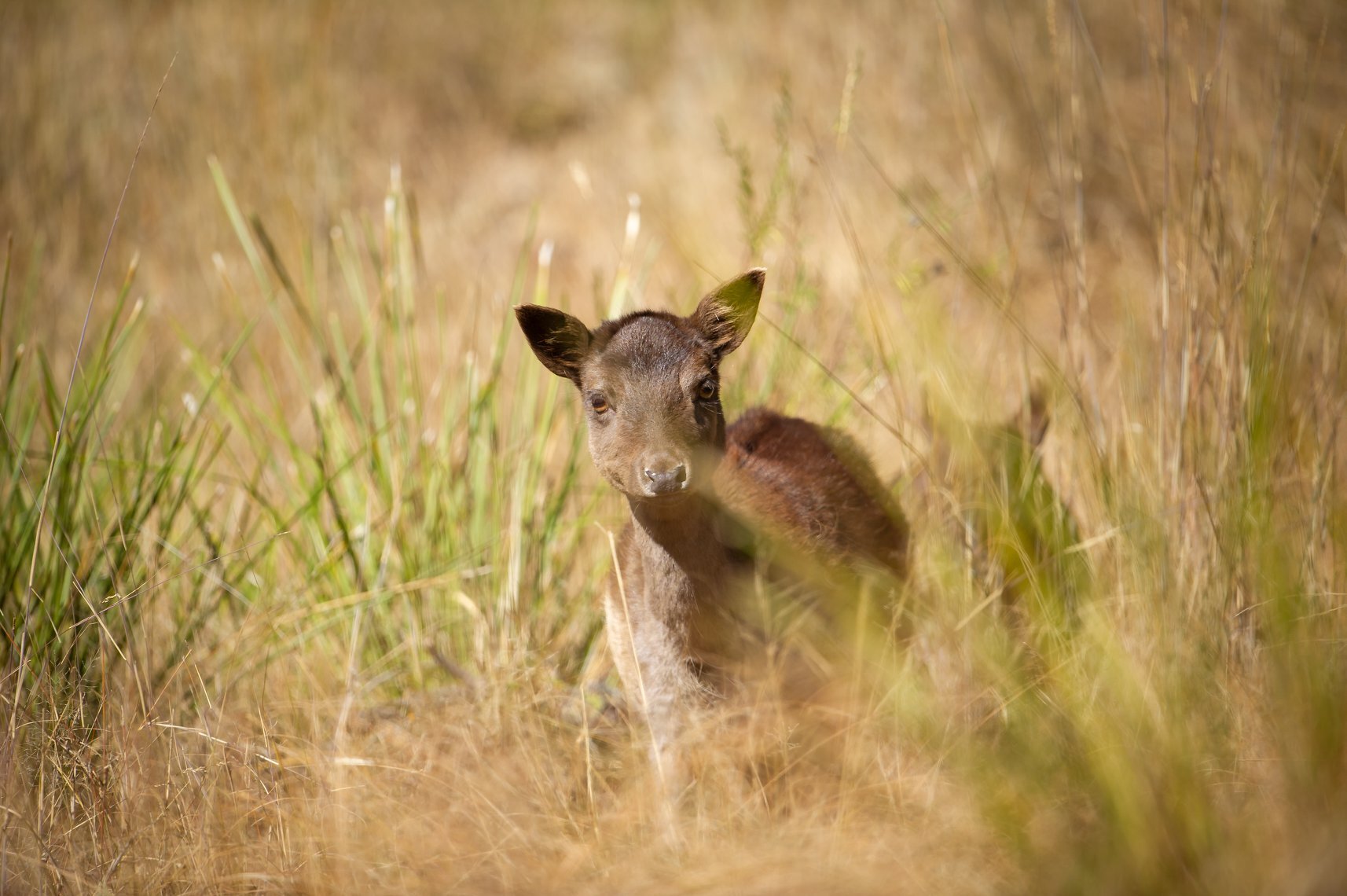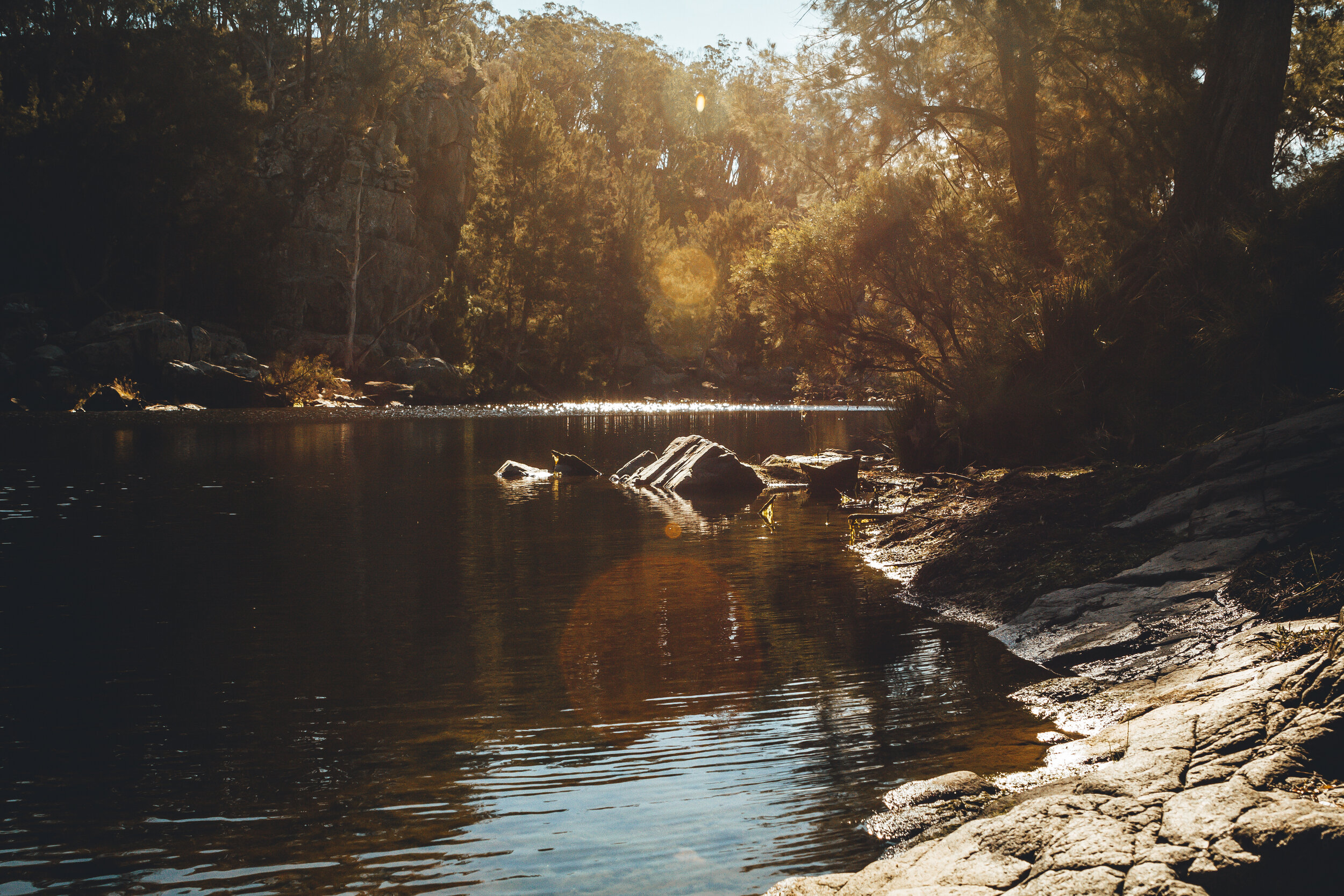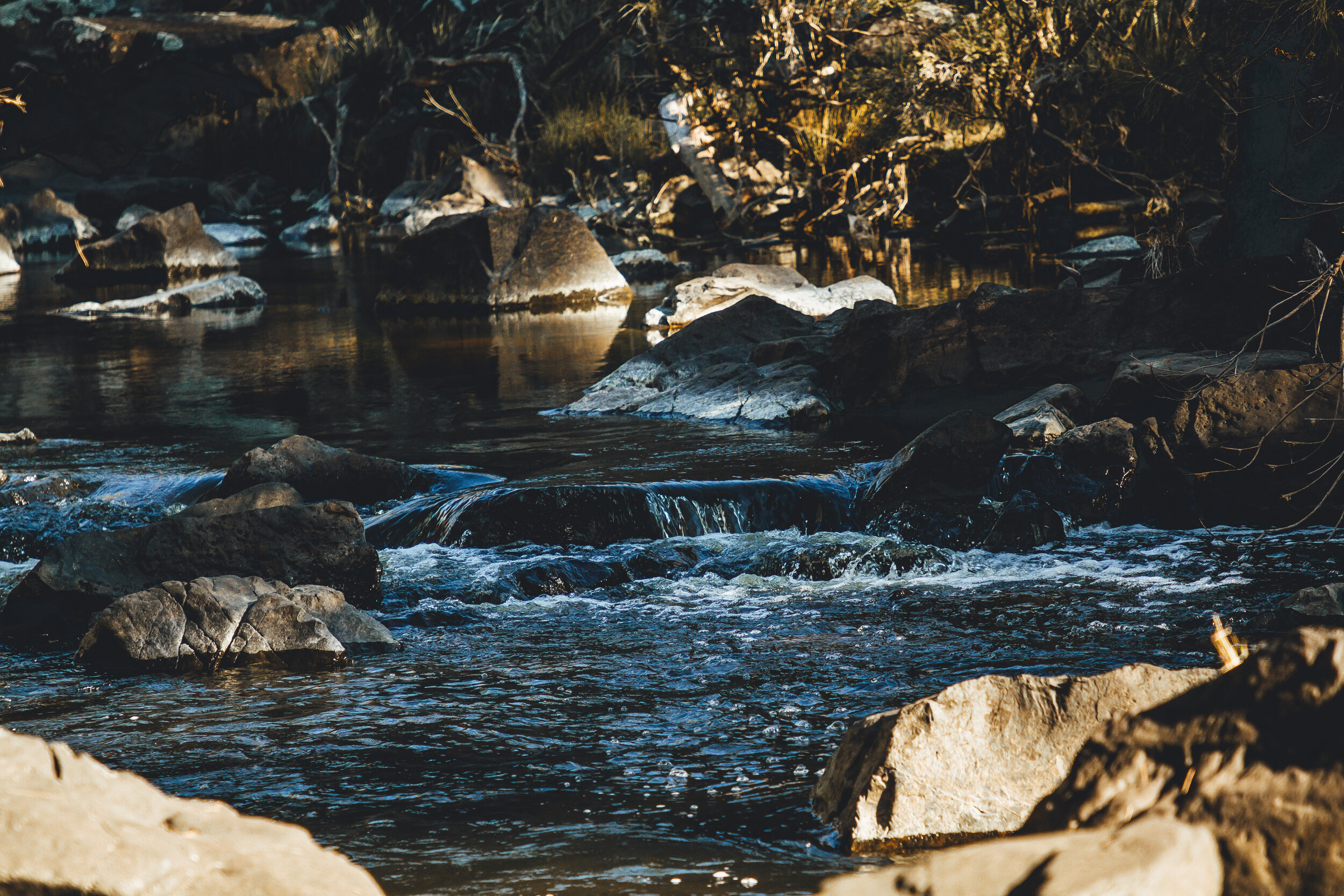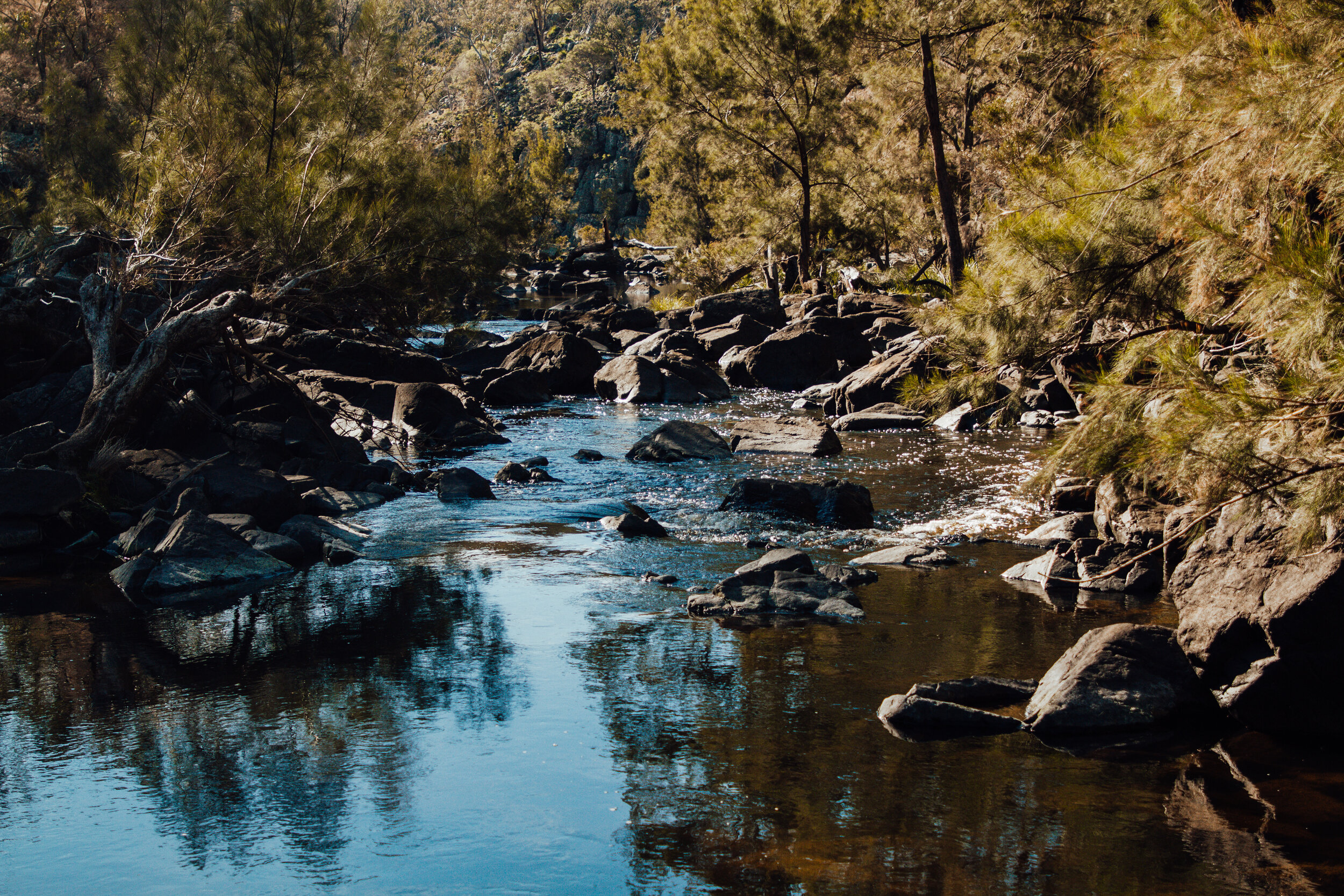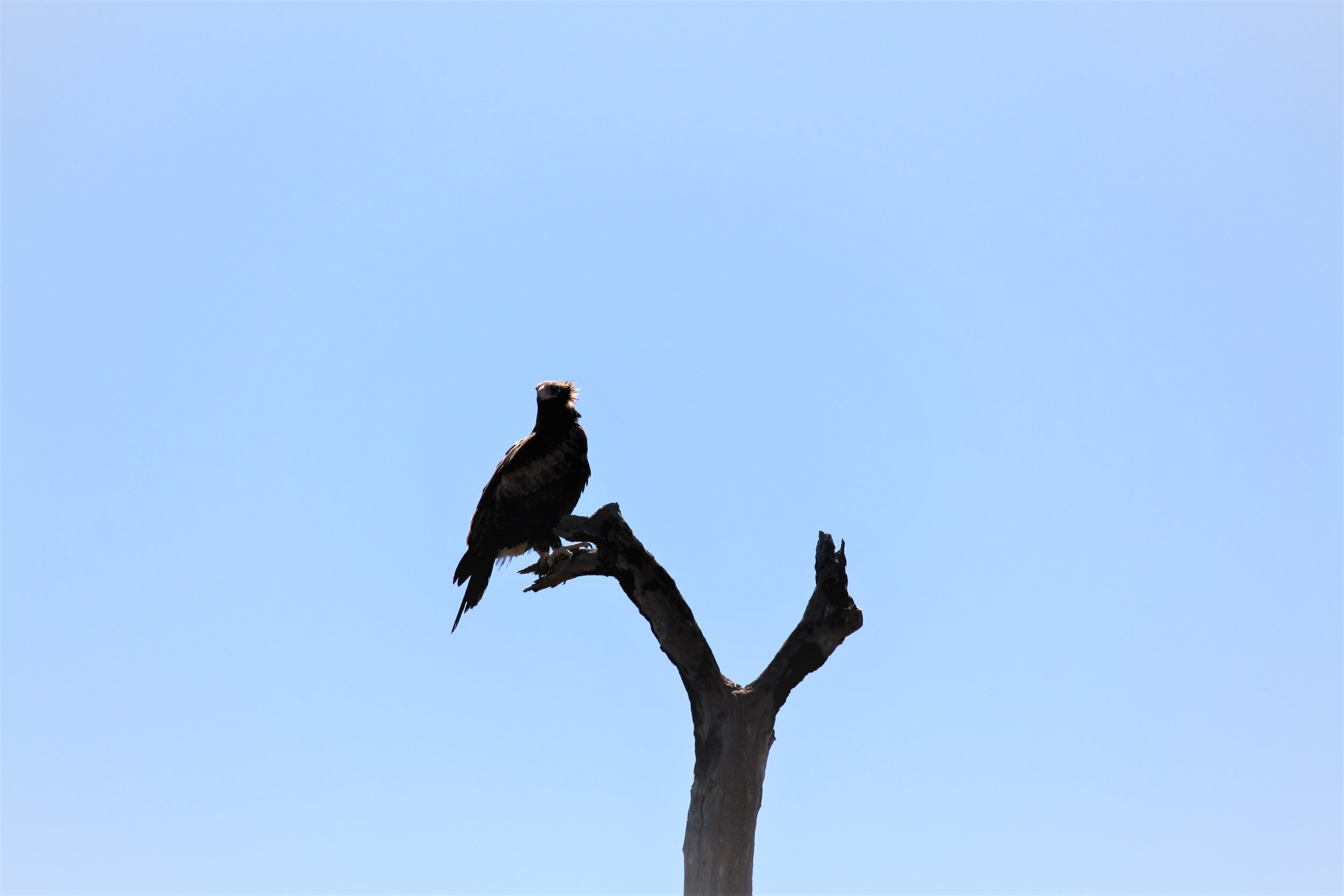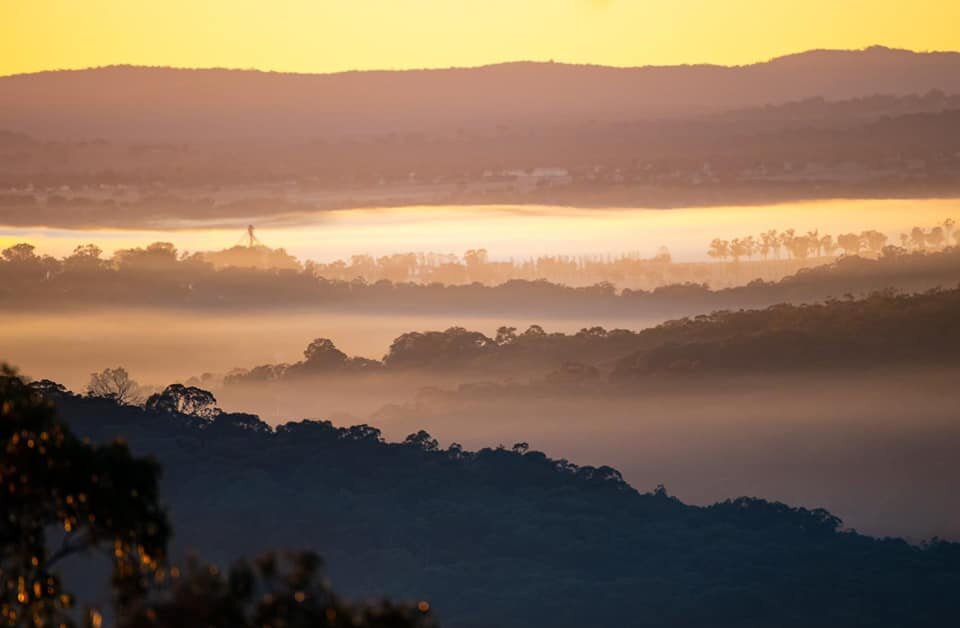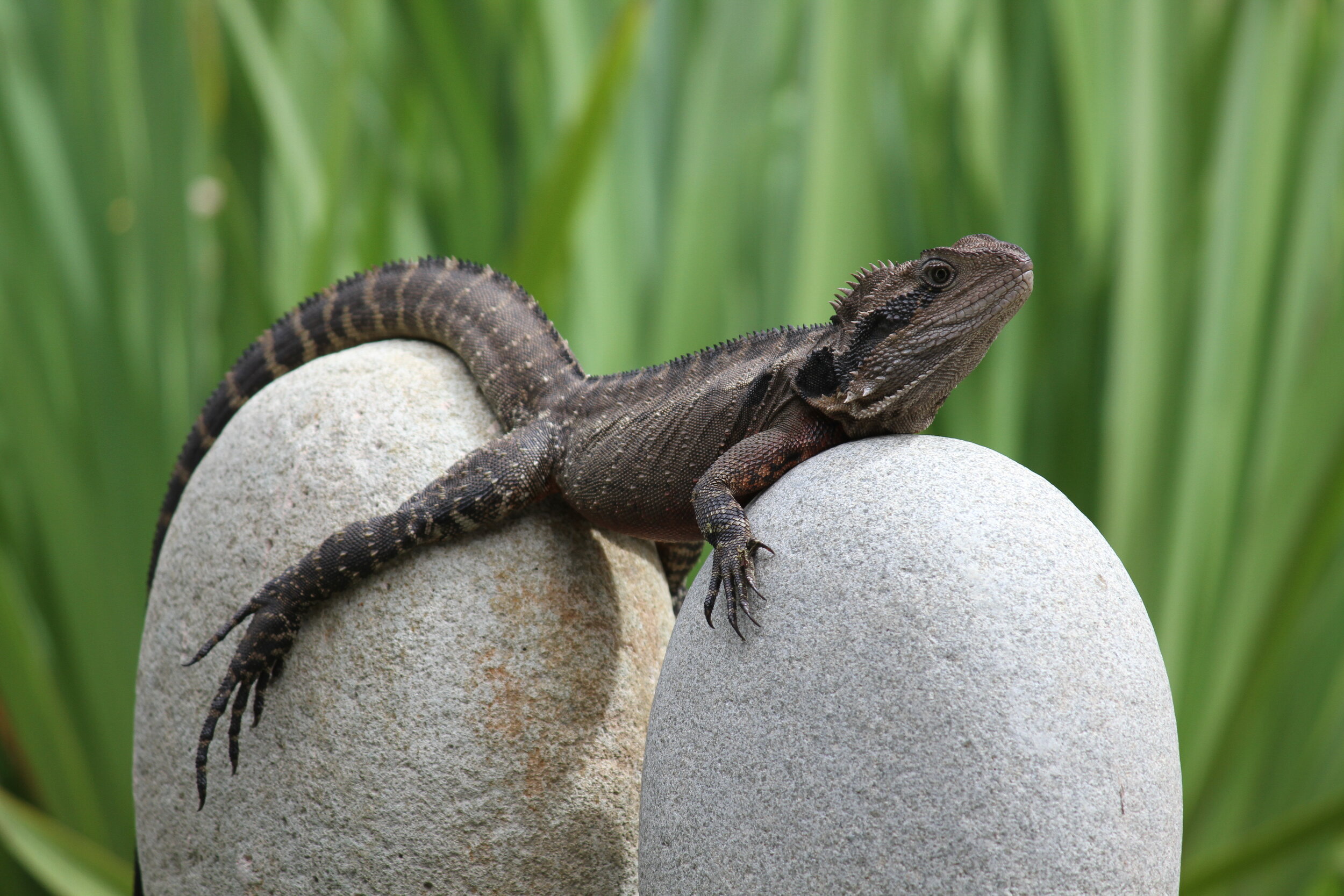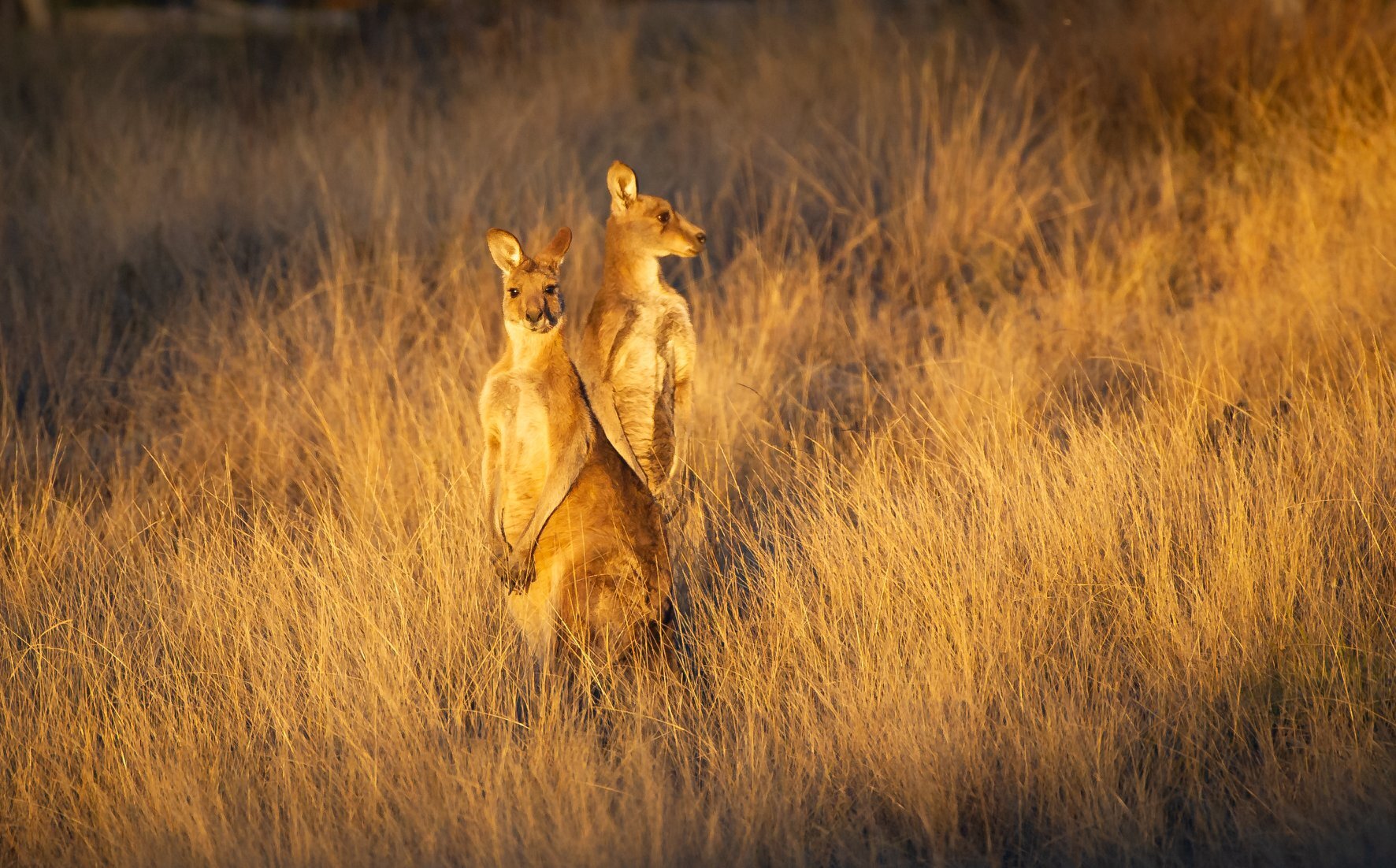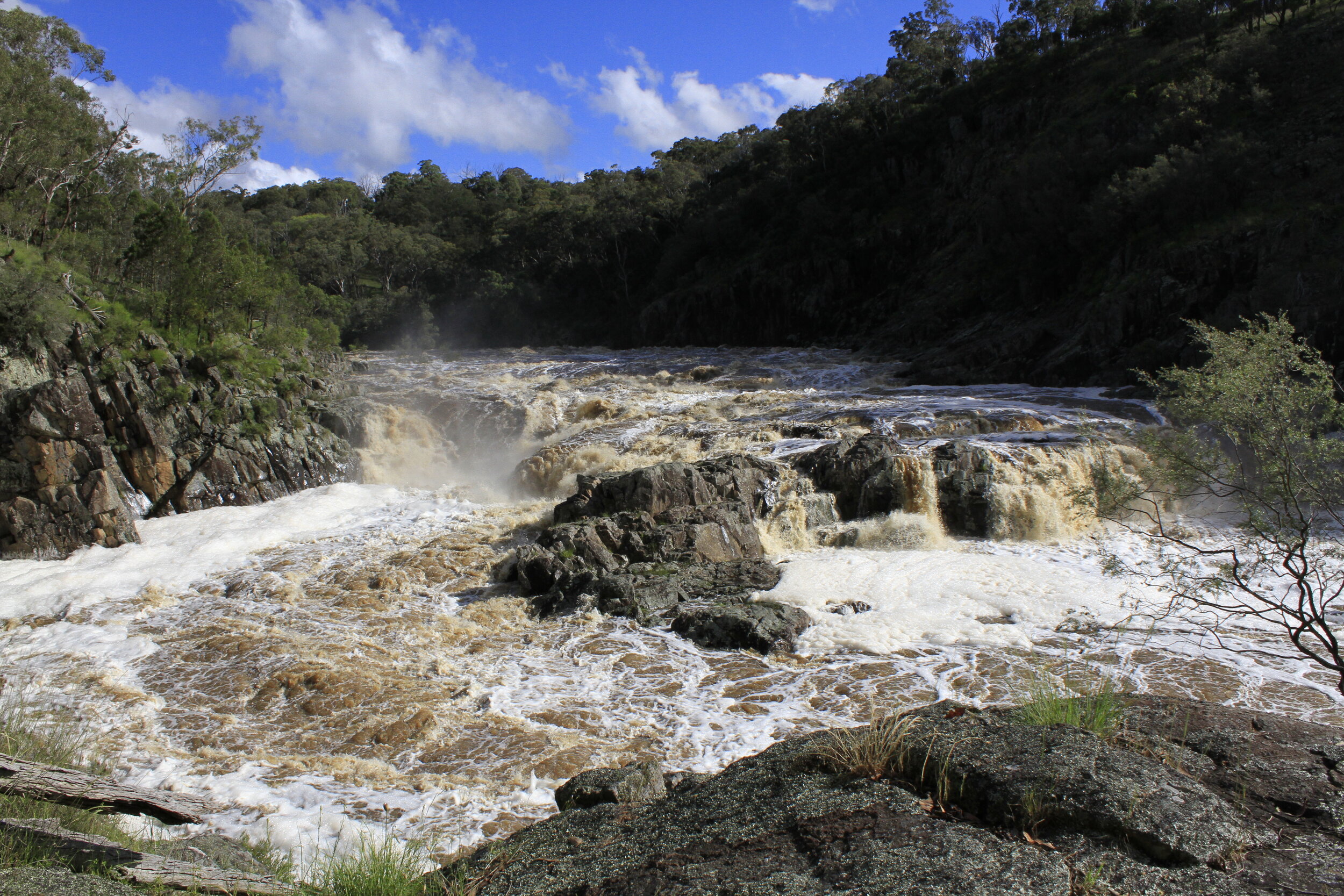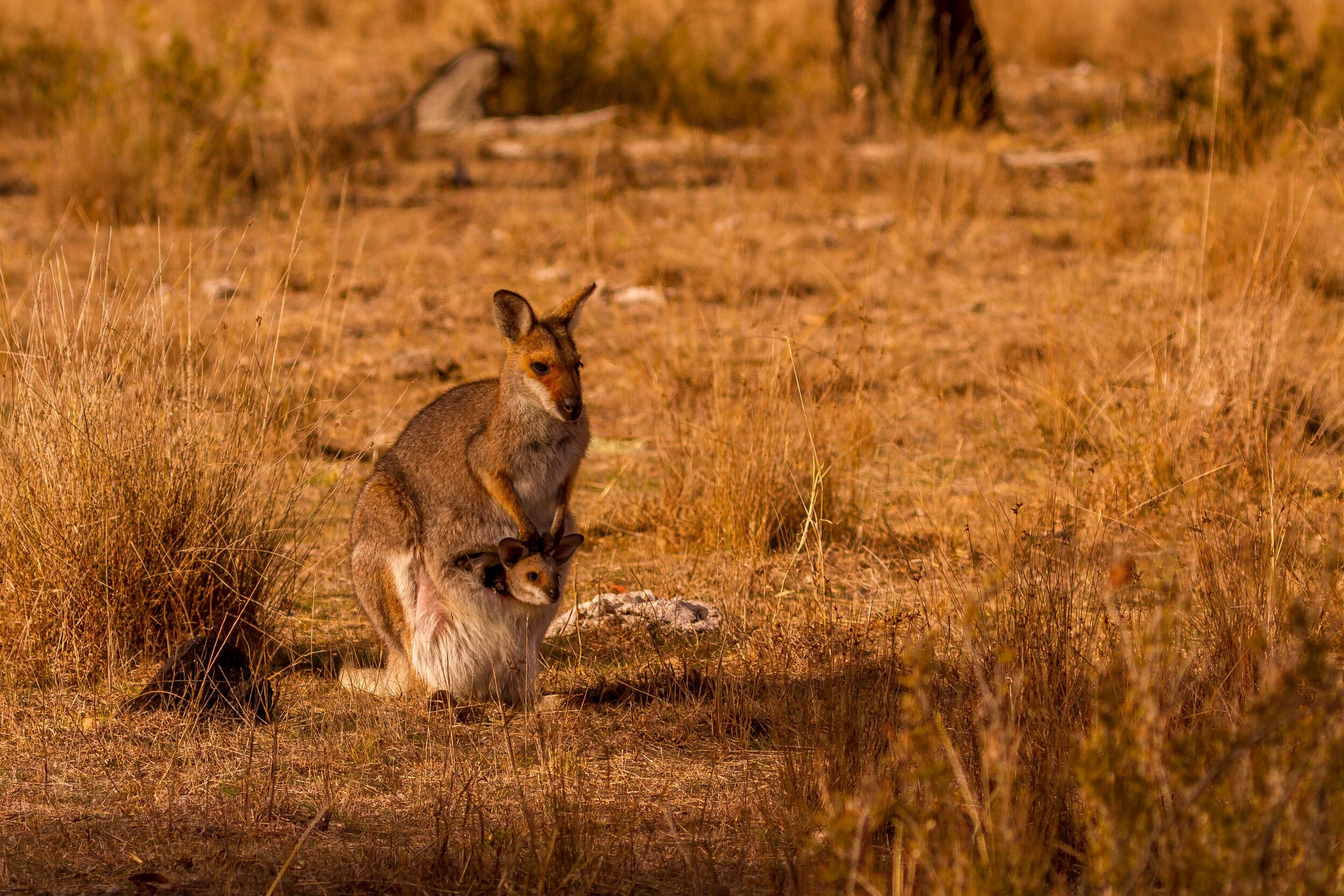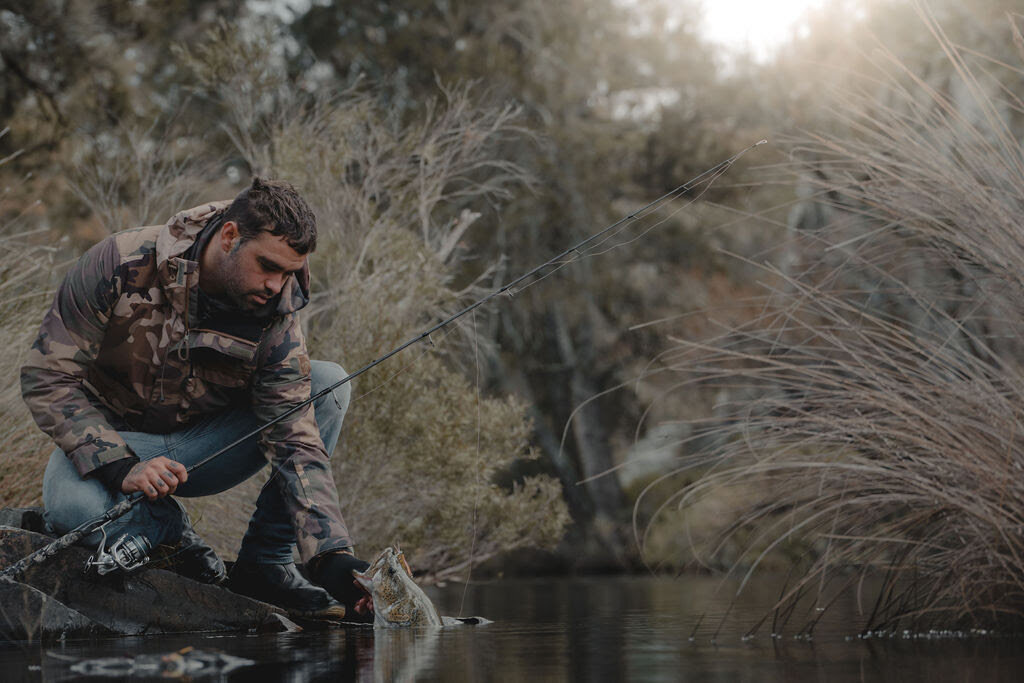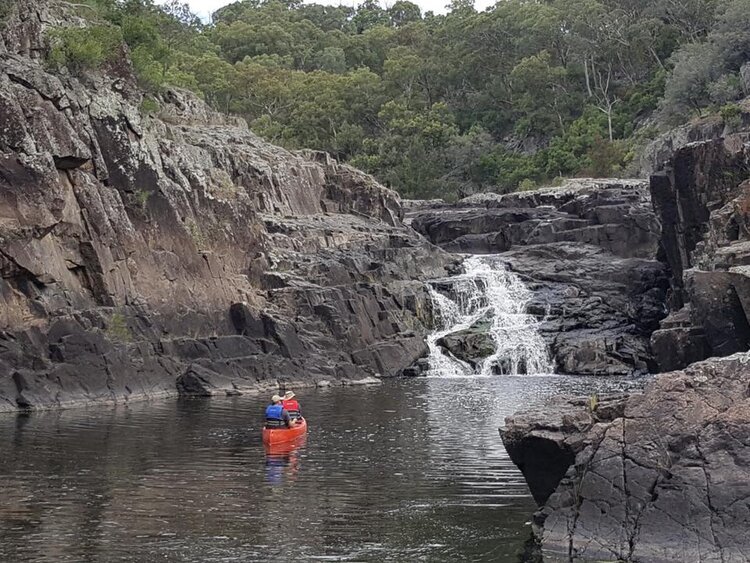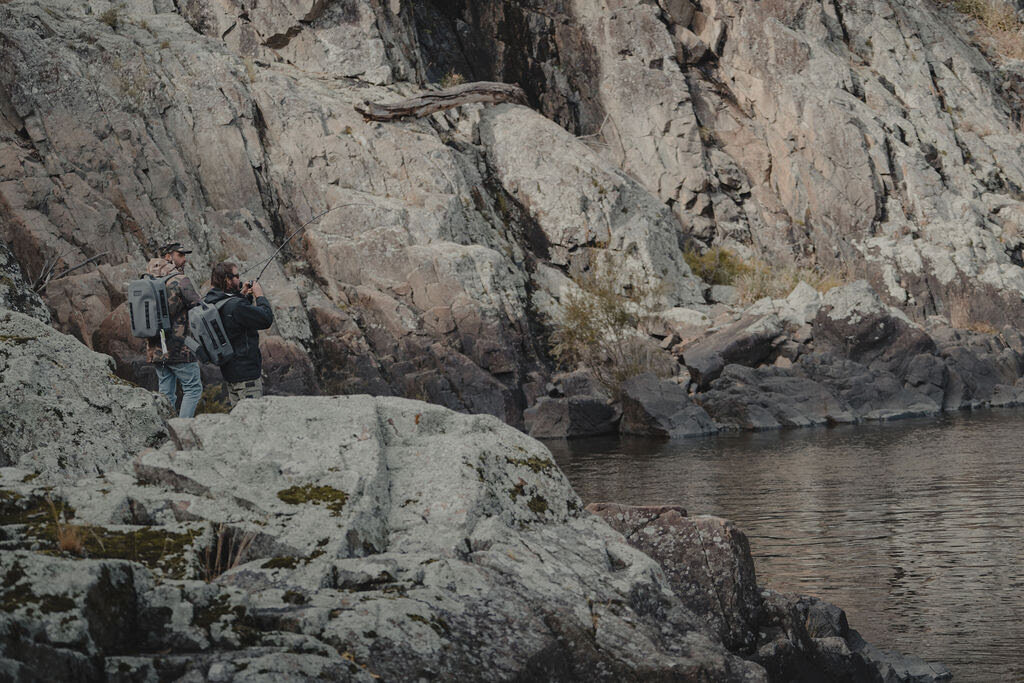Explore the Property
Fishing
Fishing is one of the most popular activities at Bens Falls Retreat. Whether you’re casting a line in the Severn River or one of our stocked dams, the thrill of catching and releasing fish—Murray cod, yellow belly, bass, and trout—makes for an unforgettable experience.
Canoeing and Kayaking
The Severn River offers the perfect setting for canoeing and kayaking. The river’s deep pools and sloping rock outcrops create an exciting and scenic paddle. Whether you’re fishing for Murray cod or simply enjoying the tranquility of the water, it’s an experience you won’t forget.
Bush Walking
Explore 1500 acres of pristine land at Bens Falls Retreat. Trek for kilometers through the stunning high country, where you’ll encounter a diverse range of flora and fauna. Immerse yourself in nature’s beauty as you explore the rugged terrain and peaceful surroundings.
Astronomy
The night sky at Bens Falls Retreat offers some of the clearest views, rivaling those at Siding Springs Observatory in the Warrumbungle Ranges. Stars rise through the trees, and the Milky Way stretches across the sky. For stargazers, the Leonid Meteor Showers in November are a spectacular sight. Don’t forget to bring a telescope or binoculars to fully enjoy the cosmic wonder.
Painting & Photography
Bens Falls Retreat is a paradise for photographers and artists. From cascading waterfalls to high country forests and breathtaking sunsets, the landscape provides endless inspiration. Capture the beauty of nature in a peaceful setting, and take the time to escape the everyday routine.
Bird Watching & Flora & Fauna
Bens Falls Retreat is home to a wide variety of birdlife and wildlife. Spot wedgetail eagles, rainbow kingfishers, rosellas, and many other species, alongside kangaroos, wallabies, deer, and more. The area’s diverse ecosystems also include rock orchids and a variety of native trees such as ironbark and yellow box, offering a rich experience for nature lovers.
